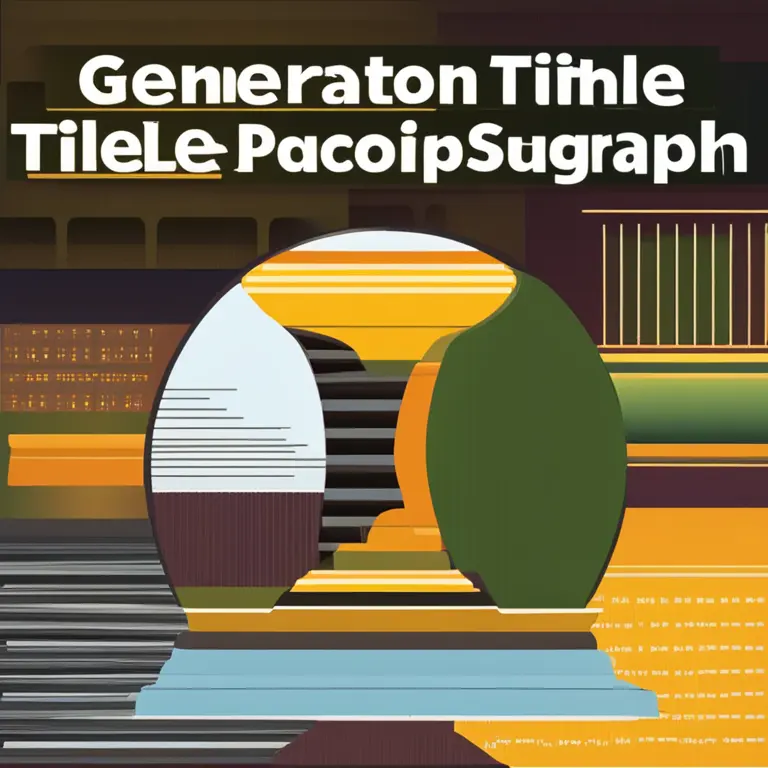
Finger Meditations for Mind-Body Harmony
Discover serene finger meditation techniques to cultivate peace, balance your energies, and enhance your spiritual practice.
article by Hina Kurosawa
Finding Stillness through Finger Positions
Meditation has long been a revered practice for cultivating inner peace and spiritual growth. Amongst the myriad of techniques that foster tranquility, finger meditations, or mudras, stand out for their simplicity and effectiveness. These gestures involve specific placements and movements of the fingers, each believed to channel energies in ways that can profoundly affect the body and mind. The origins of mudras trace back to ancient Hinduism and Buddhism, where they’ve been integrated into healing practices and spiritual ceremonies. Today, they are widely adopted in various mindfulness exercises and integrated into contemporary wellness regimens. Including finger meditations in your daily routine can be particularly helpful for those who find stillness elusive, as the physical engagement can aid in maintaining focus during the meditative exercise.

A Guide to Getting Started with Mudras
Before diving into the world of finger meditations, it is crucial to prepare oneself. Select a calm and comfortable space where you can sit or lie down without interruptions. While traditional lotus or half-lotus sitting positions are recommended, the most important aspect is to ensure that your spine remains straight, allowing for the free flow of energies. Resting your hands on your knees with palms facing up or down can set the stage for your mudra practice. Begin with a few minutes of deep, even breathing to center yourself. As you inhale and exhale, let go of any distracting thoughts and allow your attention to focus on your fingers as you transition into the gestures.

Harmonizing Body and Mind with Gyan Mudra
One of the most fundamental finger meditation techniques is the Gyan Mudra. Known as the gesture of knowledge, it involves touching the tips of the thumb and index finger together while extending the other three fingers. This mudra is said to enhance concentration, stimulate the root chakra, and promote a sense of calm. It can be sustained for several minutes and is thought to connect us to our deeper wisdom. Practitioners commonly use it during breathwork and mantra recitations to amplify their focus and spiritual connectivity. The simplicity of Gyan Mudra makes it an excellent starting point for those new to finger meditations.

Igniting Passion with Surya Mudra
Looking to stoke the fires of vitality? Turn to the Surya Mudra, a gesture that symbolizes the sun's energy. To perform this technique, fold your ring finger towards the palm and gently press the thumb over its second phalanx. The other fingers should remain comfortably extended. This mudra is recommended for invigorating the body, enhancing metabolic function, and pushing through states of lethargy. Incorporate it into meditative sequences when seeking to boost warmth and dynamism within your practice. Although Surya Mudra can be energizing, it's best approached with calm intention to prevent overstimulation.

Invoking Tranquility with Shunya Mudra
When silence and repose are what you desire, Shunya Mudra offers a retreat from the clamor of the world. Achieved by pressing the middle finger towards the palm's base with the thumb, while the other fingers remain straight, this gesture is often utilized to quiet the mind and dissolve feelings of overwhelm. Believed to reduce ear and neurological afflictions in traditional medicine, its practice is particularly beneficial during moments of stress or when seeking to deepen meditative experiences. Though subtler in its energy direction than others, Shunya Mudra's calming effect is an essential tool in the finger meditator’s arsenal.
Embracing Love and Compassion with Padma Mudra
The Padma Mudra is a heart-opening technique that resembles the blooming of a lotus flower, a symbol of purity and enlightenment across many Eastern philosophies. To form this mudra, join your thumbs and pinky fingers together; spread the remaining fingers like the petals of a lotus. It is said to foster feelings of love, compassion, and openness, as it is associated with the heart chakra. Practitioners may focus on emotions of love or recite heart-centered mantras while holding Padma Mudra. Its gentle, expansiveness is particularly suitable for meditations aimed at healing emotional wounds and reinforcing connections with others.
Connecting to the Universe with Hakini Mudra
Hakini Mudra is a powerful gesture for unifying the five elements and harmonizing the two hemispheres of the brain. To perform this mudra, gently touch the tips of all fingers from one hand to the corresponding fingers of the other hand, with palms apart and facing each other. It is often used to enhance memory, focus, and cognitive function. With roots in the practice of goddess worship, this mudra is associated with open-mindedness and a connection to the cosmic consciousness. As the fingertips meet, visualize energy circuits completing, linking you to the universal energy flow, promoting a sense of wholeness and unity.
Published: 2/12/2024
Modified: 2/12/2024
More predictions
Come back here soon to learn more about yourself and your future


The Serenity of Meditation Music: An Ethereal Journey
Discover how meditation music can enhance your spiritual practices, support stress relief, and align with astrological energies for a harmonious life.


The Benefits of Meditation Music
Discover the benefits of meditation music for enhancing mindfulness practices and spiritual alignment, while diving into the celestial influence on your inner peace journey.


The Heart of Meditation: A Journey Inward
Discover the heart of meditation, its benefits, and how to integrate this ancient practice into modern life for peace and self-discovery.